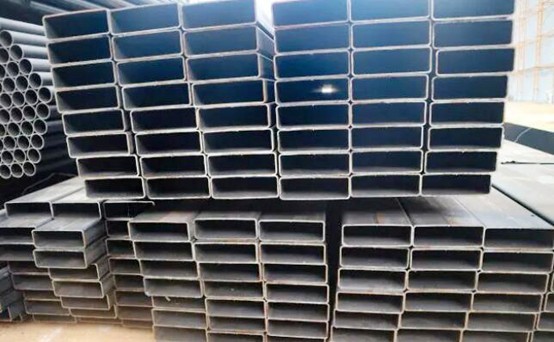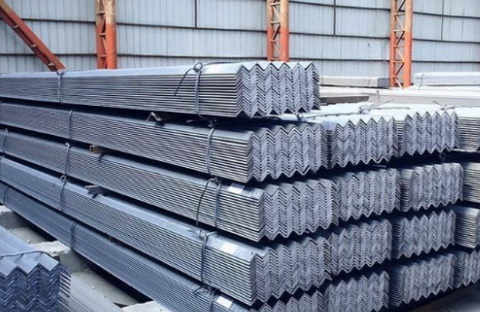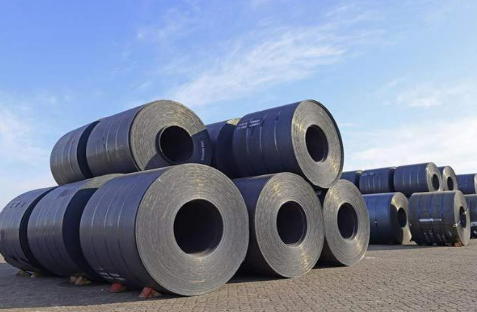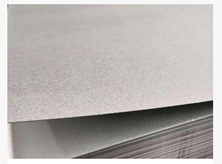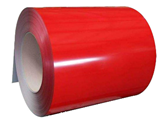Production process of galvanized sheet
Release time:
2024-11-29
Galvanized sheet is a metal material that coats the surface of ordinary carbon steel with a layer of zinc. Its main function is to prevent the steel from being oxidized and corroded during use and prolong the service life. The following is the production process of galvanized sheet.
1. Raw material preparation: First of all, carbon steel plate needs to be prepared as the base material, usually cold-rolled steel plate or hot-rolled steel plate is used. The surface of the steel plate needs to be pretreated to remove oil, rust and other impurities.
2. Cleaning: The steel plate is pickled to remove oxides and other contaminants on the surface. Commonly used pickling solutions include hydrochloric acid and sulfuric acid, and the pickling time and temperature should be controlled within a certain range to avoid unnecessary damage to the steel plate.
3. Pretreatment: The cleaned steel plate is subjected to pre-plating treatment. The commonly used methods are pickling and phosphating and alkali phosphating. Pickling and phosphating is to soak the steel plate in a solution containing phosphate and pickling agent to form a chemical film of phosphate to improve the adhesion of the coating. Alkali washing and phosphating is to immerse the steel plate in a solution containing alkali detergent and phosphate, which can also form a chemical film of phosphate and improve the adhesion of the coating.
4. Galvanizing: immerse the pretreated steel plate in the molten zinc solution, and deposit the zinc layer on the surface of the steel plate through the action of electric current. Galvanizing methods mainly include hot-dip galvanizing and electro-galvanizing. Hot-dip galvanizing is to immerse the steel plate in molten zinc to make it react with the surface of the steel plate to form a zinc layer. Electrogalvanizing is to deposit zinc ions in zinc solution on the surface of steel plate by electrolysis to form a zinc layer. The thickness of the hot-dip galvanized coating is generally larger, and the corrosion resistance is better; the thickness of the electro-galvanized coating is smaller, but the uniformity is good.
5. Post-processing: After galvanizing, the galvanized sheet needs post-processing, including cooling, slag removal and surface treatment. Cooling is to take the galvanized sheet out of the molten zinc, and then cool it down naturally or with water to make its temperature drop gradually. Slag removal is to remove the zinc slag on the galvanized sheet to improve the surface quality of the galvanized sheet. Surface treatment includes drying, trimming and oiling to protect the surface of the galvanized sheet from contamination.
6. Inspection and packaging: Quality inspection of the galvanized sheet, including the inspection of coating thickness, adhesion, appearance quality and other indicators. Qualified galvanized sheets can be used in various fields after packaging, such as construction, home appliances, automobiles, etc.
The above is the production process of galvanized sheet. Through the above steps, galvanized sheet with stable quality, smooth surface and good corrosion resistance can be obtained.


